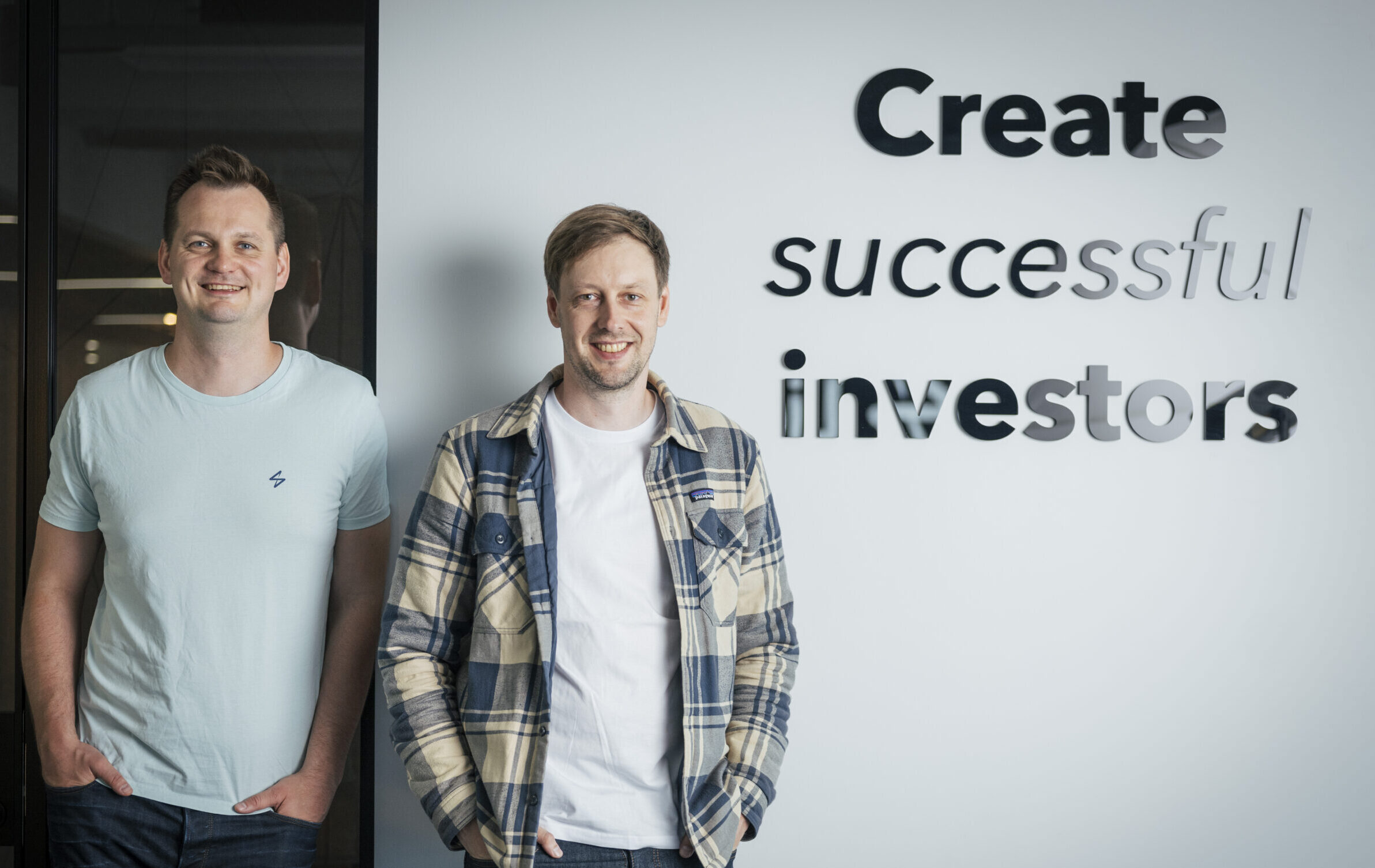During Slush, we hosted a very interesting panel between Risto Siilasmaa, one of the leading business profiles in the Nordics, and Phillip Lockwood, the Head of the NATO Innovation Unit. We discussed the current geopolitical situation in Europe and its implications for tech. Additionally, we covered how increasing European unity and strategic partnerships can foster future innovations.
The discussion was led by NordicNinja Managing Partner Tomosaku Sohara.
How do you see the current geopolitical situation affecting the European business environment and technology development?
Risto Siilasmaa: Statistically speaking, entrepreneurship thrives in crisis. Many of the best global tech giants were founded during a financial crisis. This is the fourth global financial crisis I have lived through as an entrepreneur, and I see positive signs in the Nordics and Europe.
There is strong momentum behind the appreciation of entrepreneurship in Europe, especially in Northern Europe. As a result, I am investing almost all my startup capital in this region. Not only is this a patriotic move, but I believe it is also a smart decision.
Philip Lockwood: The situation in Ukraine has brought Europe together like never before since the end of the Second World War. European nations are standing side by side in solidarity, and you have a sense that there’s a strategic purpose towards investment into deep technologies, which are so critical to preserving our safety and democratic values.
Statistically speaking, entrepreneurship thrives in crisis. Many of the best global tech giants were founded during a financial crisis.
Risto Siilasmaa
What are the major challenges and opportunities for European tech companies in the current business climate?
Risto Siilasmaa: This is a complicated question. One should understand that innovation and success in the markets should be born out of the educational system. In addition, the environment should allow entrepreneurs and existing corporations to take these inventions to a global scale.
Europe does an impressive one-third of the world’s research work and one-third of the world’s university inventions. However, when you look at the world’s top 40 tech companies, only 2 out of 40 are European companies. In contrast, 21 of the world’s top 40 companies are American. This indicates a larger problem in the European business landscape where our youngest European company is 50 years old. Simultaneously, the average age of a European business is over 100 years.
There are two reasons for that. Firstly, entrepreneurship funding for early-stage companies and appreciation of entrepreneurship is much lower in Europe than in our US counterparts. This is despite the recent improvements in early-stage venture capital and the appreciation of entrepreneurship in Europe. Secondly, Europe has failed miserably to create a single home market.
I have invested 50 in companies from the Nordics, and they have created high returns – five of those have become unicorns. However, the primary reason for their success is the acquisition by American companies or transitioning to an American business model with their primary operations in the US.
Deep tech is heavily undercapitalized – Europe needs better capital distribution
Philip Lockwood: In Europe and around the globe, we are transitioning from a software revolution to a convergence of software and hardware – encompassing cutting-edge technologies such as big data, artificial intelligence (AI), autonomy, quantum-enabled computing, space exploration, and renewable energy.
Deep tech is often underfunded due to its high risk and long product-to-market timelines. Many investors lack the technical knowledge to fully understand the technology and its implications, so they are wary of investing in deep tech. Furthermore, these long timelines often exceed the life of most investment funds.
The second reason for underfunding is that we have such an incredibly unbalanced capital distribution across the European alliance. If you look at the valuation of startups across the whole Alliance, you have the United States and then everyone else. The talent here in Europe is extraordinary, and so much innovation can happen, yet a lack of capital prevents this potential from being realized.
We are deeply concerned about foreign investment in tech acquisition by our adversaries and strategic competitors. This requires governments and defense and security organisations to invest proactively and foster commercial innovation to remain competitive. Without sufficient investment and support, startups and innovators will look elsewhere for opportunities, leaving Europe behind.
The talent here in Europe is extraordinary, and so much innovation can happen, yet a lack of capital prevents this potential from being realized.
Philip Lockwood
A few years ago, NATO realized that the defense and security market no longer drove the most critical technological innovations that governments stopped being the primary financiers of invention across the Alliance. Nonetheless, for deep tech companies, governments are often an excellent first customer or a very good first place to start testing their technology.
As a result, we created NATO’s first-ever venture capital fund. The fund is voluntarily regulated as an ESG fund—specifically, a light green, Article 8 fund under the Sustainable Finance Disclosure Regulation (SFDR). Consequently, we will be biased toward investing in companies leveraging green tech to solve climate security problems. Energy and energy-related solutions are absolutely critical to the success of the Innovation Fund. We are also looking to make investment on social grounds, especially taking diversity into strong account.
We have principles of responsible use of all technologies, and we’ll use the Fund to make sure that our democratic principles and our values are shared among the nations that utilize them at the very earliest stages.
We are looking to foster commercial technologies that, in the long run, may also be fundamental to defense and security purposes. The focus is on commercial potential as we are simultaneously moving towards more of a dual-use nature, where both commercial and defense applications are possible. We’re doing this to ensure the security of our nearly 1 billion citizens, and the investment and responsible use of these technologies are critical.


